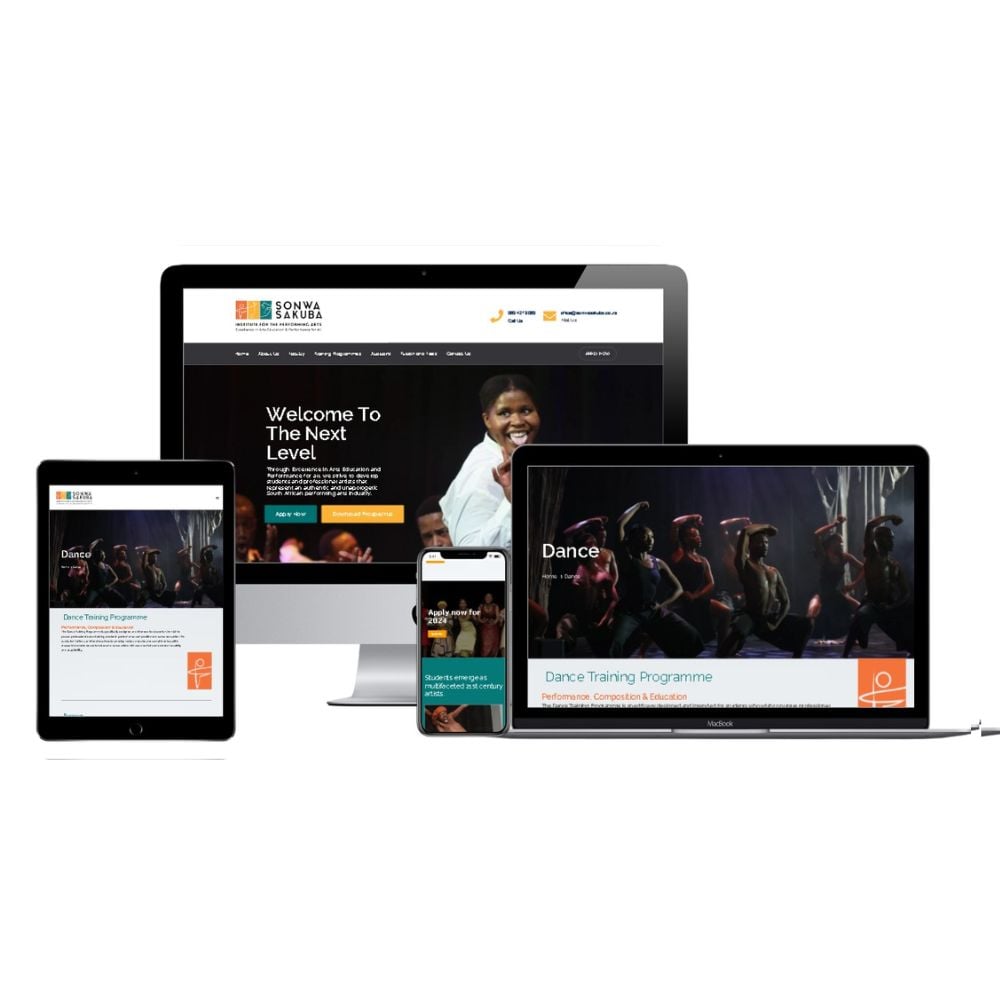Boost Involvement With Innovative Site Design Solutions
An attentively crafted customer experience, underpinned by calculated visual style and interactive elements, can dramatically improve customer involvement. By exploring various approaches such as receptive layout and tailored content, services can develop a system that not only captivates individuals but additionally promotes long-lasting loyalty.
Recognizing User Experience
Comprehending user experience (UX) is important for producing efficient internet site design services, as it directly affects exactly how users interact with digital platforms. A comprehensive UX strategy includes numerous elements, consisting of functionality, availability, and customer complete satisfaction, all of which add to the general effectiveness of a site.
To start with, use concentrates on just how conveniently individuals can navigate and locate the details they seek. website design copyright. A well-structured design, user-friendly navigation, and clear calls to activity are essential components that enhance use. Access ensures that all individuals, including those with disabilities, can successfully interact with the site. This entails creating material that is compliant with access criteria and can be quickly accessed making use of assistive technologies.
Furthermore, recognizing user personalities is vital for tailoring the experience to meet specific target market needs. By carrying out individual study and testing, developers can gather insights that notify design choices, ensuring the site not only fulfills aesthetic goals however likewise satisfies practical requirements. Eventually, a thoughtful strategy to UX style cultivates engagement, encourages retention, and enhances total user satisfaction, which are important for the success of any electronic platform.
Visual Style Strategies
Integrating efficient visual design approaches is essential for capturing individual focus and improving the overall user experience on an internet site. A well-balanced aesthetic power structure guides users with the material, enabling them to quickly take in and navigate information. This can be accomplished through the critical use typography, color design, and spacing, which collectively create a engaging and natural layout.
Color plays a crucial role in developing and evoking emotions brand name identity. Utilizing a well balanced color scheme that straightens with the brand name's principles can cultivate experience and trust fund. Additionally, incorporating premium images and graphics boosts aesthetic charm and can dramatically boost user interaction.
Whitespace, commonly forgot, is just as vital as it allows content to breathe and protects against frustrating customers with mess. It assists in much easier analysis and comprehension, bring about a more enjoyable surfing experience.

Interactive Aspects for Interaction

One key facet of interactive layout is customization. Tailoring experiences based on user behavior and choices can dramatically raise engagement. As an example, individualized material referrals or vibrant individual interfaces that adjust to specific selections produce a feeling of ownership and relevance, encouraging customers to check out even more.
Gamification is one more powerful method. Integrating game-like components, such as success or benefits for finishing tasks, can change mundane communications into pleasurable experiences. This approach not just boosts involvement yet likewise motivates users to return, creating a dedicated audience.
Furthermore, interactive elements can help with social sharing, magnifying a site's reach. Attributes like remark sections, share switches, and user-generated content areas foster area interaction, turning visitors into energetic individuals (website design copyright). Eventually, the strategic use interactive aspects is necessary for producing a compelling and engaging site that reverberates with customers
Flexible and receptive Design
A well-designed website needs to focus on adaptive and responsive design to make certain optimum customer experiences throughout a selection of tools and display sizes. Receptive style uses liquid grids and versatile images, enabling the design visit homepage to immediately readjust based on the customer's screen dimension. This technique ensures that customers can easily connect and browse with the material, regardless of whether they are using a tablet, smart device, or desktop .
On the other hand, flexible design uses predefined formats that are tailored to particular tool groups. This indicates that the website detects the type of gadget being utilized and offers the appropriate layout, which can enhance packing times and enhance the screen of necessary elements. While both strategies aim have a peek here to enhance functionality, receptive layout is often preferred for its fluidness and smooth transition in between devices.
Integrating adaptive and receptive layout not just enhances individual contentment yet additionally favorably impacts internet search engine rankings. Internet search engine focus on mobile-friendly websites, therefore boosting visibility and attracting more site visitors. For that reason, investing in these style techniques is important for businesses aiming to engage their audience effectively and maintain an affordable edge in today's digital landscape.
Studying Customer Comments and Data

Evaluating metrics such as bounce rates, time on web page, and click-through prices provides useful link a quantitative perspective on individual involvement. These metrics aid designers discern which material resonates and which areas might require optimization. A/B testing can be utilized to review variations in layout, allowing developers to make educated decisions based on customer communications.
Incorporating user feedback not only boosts web site use yet also cultivates a sense of community and trust fund. Engaging with individuals via feedback loopholes cultivates loyalty and urges repeat visits. Inevitably, leveraging individual responses and information evaluation is indispensable to producing a vibrant, user-centered web site that adjusts to evolving individual demands and choices, thereby driving greater engagement and contentment.
Final Thought
Finally, innovative website layout services dramatically boost individual interaction by prioritizing user experience, using effective aesthetic methods, and integrating interactive components. The application of receptive and adaptive layout makes sure availability across various tools, additionally fostering user communication. Continuous analysis of individual responses and information assists in ongoing improvements, bring about sustained satisfaction and loyalty. Eventually, the convergence of these layout principles grows an appealing online setting, vital for driving enduring user participation and dedication.
A thoughtfully crafted customer experience, underpinned by calculated visual design and interactive aspects, can considerably improve user involvement.Integrating reliable aesthetic layout approaches is important for catching user focus and improving the general user experience on a website.Individual responses and data evaluation are vital elements of effective site style, as they provide beneficial insights into user actions and choices. Ultimately, leveraging individual comments and data evaluation is integral to producing a vibrant, user-centered website that adapts to developing individual needs and choices, thereby driving higher involvement and satisfaction.
In final thought, ingenious web site layout options significantly boost customer engagement by focusing on customer experience, utilizing effective visual techniques, and incorporating interactive components.